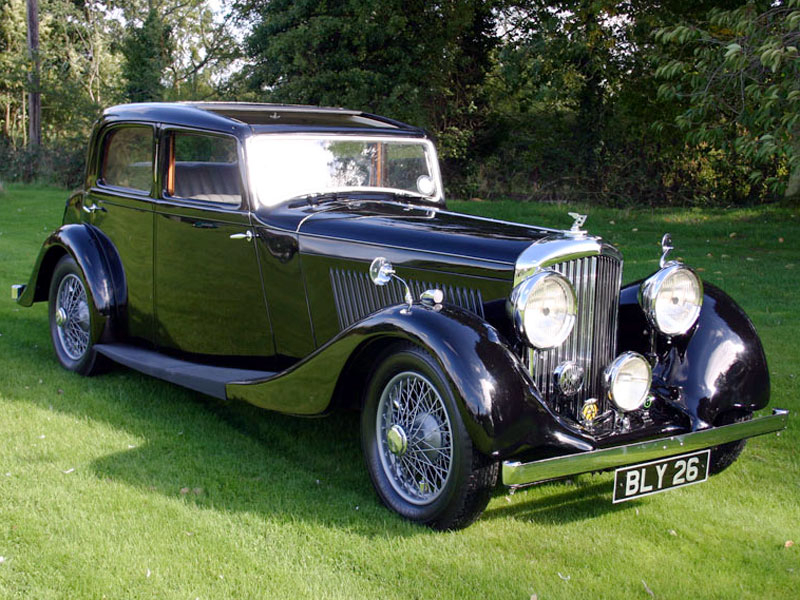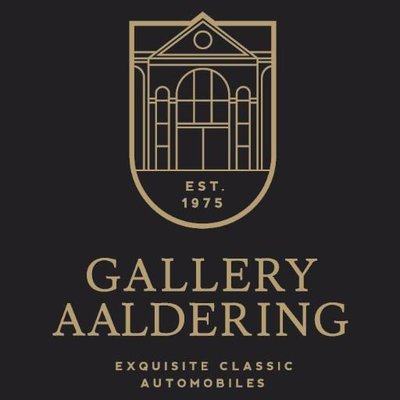
The Bentley 3½ Litre (later enlarged to 4¼ Litre) was presented to the public in September 1933, shortly after the death of Henry Royce, and was the first new Bentley model following Rolls-Royce's acquisition of the Bentley brand in 1931.
Bentley sold only the drivable bare rolling chassis with engine and gearbox, scuttle and radiator, ready for coachbuilders to construct on it a body to the buyer's requirements. Many distributors ordered their preferred bodies as showroom stock to enable them to stock finished cars ready for immediate sale.
Bentleys of this era are known as Derby Bentleys because they were built in the Rolls-Royce factory located in Derby, England. Those of Bentley's previous independent era are Cricklewood Bentleys.
Chassis series A to F were 3½ Litre cars; G to L (excluding I) were 4¼ Litres, and the M series was the 4¼ Litre Overdrive chassis. Each series consisted of 100 chassis numbers, either odd or even. The numbers 13 and 113 in each series were not used, to avoid upsetting superstitious customers.
Based on an experimental Rolls-Royce project "Peregrine" which was to have had a supercharged 2¾ L engine, the 3½ Litre was finally fitted with a less adventurous engine developed from Rolls' straight-6 fitted to the Rolls-Royce 20/25. The Bentley variant featured a higher compression ratio, sportier camshaft profile and two SU carburettors on a crossflow cylinder head. Actual power output was about 110 bhp (82 kW) at 4500 rpm, allowing the car to reach 90 mph (145 km/h). The engine displaced 3.7 L (3669 cc/223 in³) with a 3¼ in (82.5 mm) bore and 4½ in (114.3 mm) stroke.
A 4-speed manual transmission with synchromesh on 3rd and 4th, 4-wheel leaf spring suspension, and 4-wheel servo-assisted mechanical brakes were all common with other Rolls-Royce models. The chassis was manufactured from nickel steel, with a "double-dropped" layout to gain vertical space for the axles and thus keep the profiles of the cars low. The strong chassis needed no diagonal cross-bracing, and was very light in comparison to the chassis built by its contemporary competitors, weighing in at 2,510 lb (1,139 kg) in driveable form ready for delivery to the customer's chosen coachbuilder.
1177 3½ Litre cars were built, about half of them bodied by Park Ward, with the remainder "dressed" by coachbuilders including Barker, Carlton, Freestone & Webb, Gurney Nutting, Hooper, Mann Egerton, Mulliner (both Arthur and H J), Rippon Bros, Thrupp & Maberly, James Young, Vanden Plas and Windovers in England; Figoni et Falaschi, Kellner, Saoutchik and Vanvooren in Paris; and smaller concerns elsewhere in UK and Europe.



































































